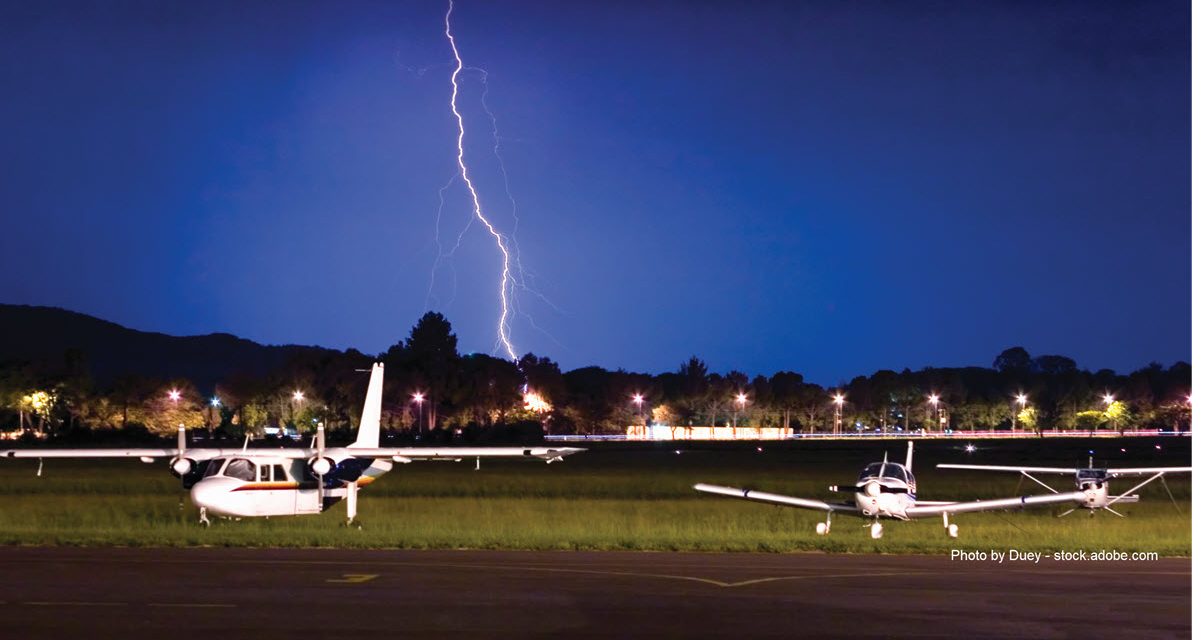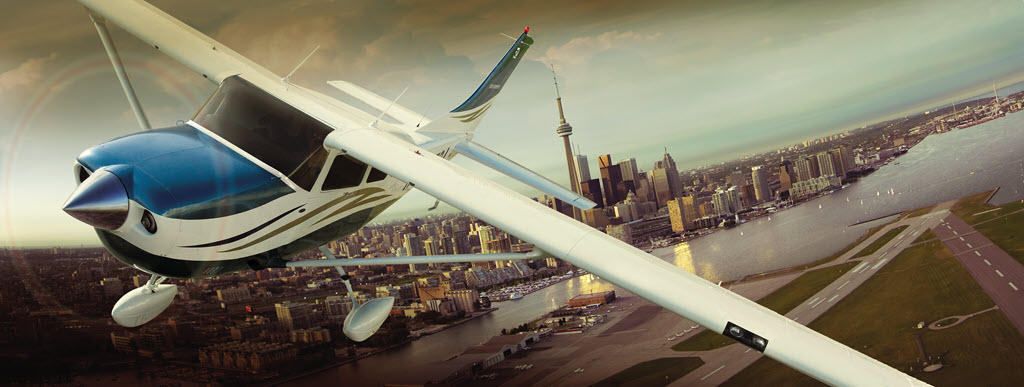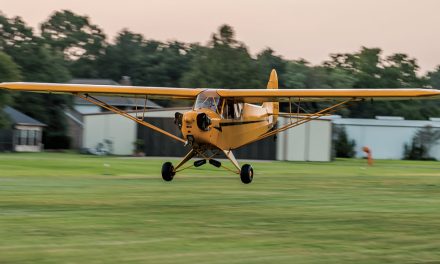Weather and the dangers summer weather can bring are on my mind as I write this story. In 1970, April 4th to be exact per my dad’s logbook, our family had an experience that I wish I’d never had. We had flown to Florida for Easter vacation. A great time was had, and we even went fishing in the Gulf for king mackerel. We packed the plane the next day with our week’s worth of clothes, 40 lbs. of fish in a styrofoam cooler, fuel, and 5 people.
The plane we were flying was owned by my dad and a partner. It was a 1965 Cessna 337 Skymaster with 5 seats. It’s a wonderfully capable plane, and more rugged in design than I realized at the time. We departed Naples for a Florida airport I can’t quite read in my dad’s old logbook. It was an uneventful one-hour flight toward home. Refueling and the required family bathroom breaks at that airport were brief and put us back in the air quickly, as we knew the forecasted weather and rain were only going to get worse as the day progressed. We fully expected to be out of Florida before that happened. What we didn’t know is how much worse it would get and how much more quickly that would happen.
Surprise
Remember this event took place in 1970, so XM weather and ForeFlight were not even a dream yet. ADF was a standard navigation tool along with VOR’s, and we had two of those, so we were pretty high tech in that day. In-flight weather only came from pilot reports we could hear or any information passed along from ATC as we had filed an IFR flight plan. Flight planning weather reports came from direct talks with flight service, in person at the airport from which we were departing.
The second leg of our flight went well for a while. Rain showers had been forecasted, but that wasn’t a big deal. The total second leg was shown as 3.5 hours with 1.2 hours of actual IMC. My dad had, what I thought at the time, was a lot of instrument time. He often filed an IFR flight plan on longer trips, so flying through the “milk bottle”, as we kids called it, was not at all unusual. What we did not have experience with was what happens when rain grows very unexpectedly into a full-blown thunderstorm.
Perhaps Florida residents know this better than us flat-landers from the midwest, but we had no idea a storm that powerful could possibly develop so quickly into a terrifying leg of the trip. To recap up to this point, we had received weather forecasts on the ground from flight service, we had filed an instrument flight plan and were talking to ATC about rain showers in the area. We proceeded in known rain on the IFR plan with no idea what was coming.
It got darker. It rained harder. Then it got REALLY dark and the rain was intense. By this time, we were getting bounced around a lot and wished we were on the ground, but it got worse. We saw the lightning flashes begin. That was when we knew we had stumbled into a full-blown thunderstorm.
Turbulent Times
My dad really had his hands full keeping the plane right side up. A controlled turn back out of it would have been even more risky than going straight ahead. He had slowed to maneuvering speed. ATC had given us a block altitude, knowing from my dad’s communication what we had blundered into. He could not hold any altitude whatever. The VSI would peg out, up, and then down. The altimeter spun faster than I had ever seen it go. My mom was trying to help out from the right seat and did have some pilot time of her own, but no multi-engine rating. There wasn’t much she could do. She was quite sure we varied more than 10,000 feet in altitude during those intense moments. We kids in the back were completely silent. We knew how bad this was and any distraction by way of a complaint or fear was only going to make things worse. We just hung on. I was watching the wingtips flex up or down. I had nothing else I could do. I can’t say exactly how much they deflected in the storm, but it was measured in feet and not inches.
What seemed an eternity at the time was much less than the 1.2 hours of actual time he recorded in his logbook. I thought the plane would break apart from the violent up and down drafts. It didn’t of course, or I would not be writing this. This was my first near brush with death. It also delayed my own flight training quite a bit.
Lessons Learned
In subsequent years, I have learned of other planes blundering into a storm and some number of those did break up. Many wonder … How can this happen?
Why would you not know you were heading into that kind of weather? My dad is no longer alive to answer the question, but I’m sure he would have said something like, “We didn’t know what we didn’t know”. The rain masking the view of the storm build-up was a big reason we could not SEE it develop, and the folks at flight service and ATC didn’t know it would do that either.
The lessons and take-aways I got from this experience honestly made it so I didn’t want to fly for quite a while after that. It took some readjusting to get my comfort level back. IMC in puffy clouds is just fine. Anything getting dark is a no go, even if it is just rain. You can call me chicken or less experienced and I won’t even care. I have my boundaries of comfort and stick to them. The plane went through a thorough inspection and amazingly, showed no cracks or deformities. That’s a real testament to a well-built plane, which was also proven by the Skymaster’s forward air control role in Vietnam.
In today’s world of connectivity with in-flight weather and better ground radar, there should be less concern about stumbling into trouble like we did, but it still occasionally happens. Why is that? Do we knowingly flaunt the rules? Take unnecessary chances? I don’t actually think that’s the root of the problem. I go back to my dad’s saying, “We don’t know what we don’t know”. It is quite possible that the weather information we use to evaluate the route is either too old, too incomplete, or even just plain wrong.
My weather policy has long been, if it even looks like trouble ahead while I am in the air, I’m going to look for the nearest faraway place. Or even better, the closest airport.
Jim Curns has been around airplanes since the mid-1960s. After starting a business and a family, he learned to fly. He has owned ultralight, experimental, Cessna, and Piper aircraft.





